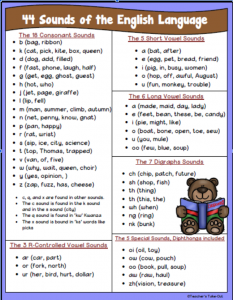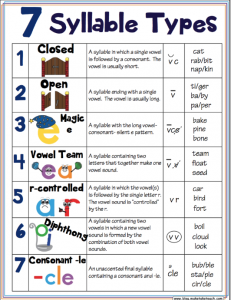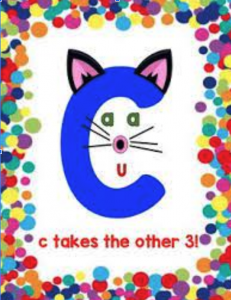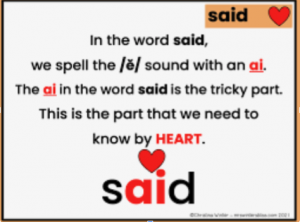The structured literacy spelling approach involves explicitly teaching tamariki how to encode (spell) the English language. It connects the reciprocal nature of reading and writing together.
English is an Alphabetic Code
- It uses symbols of the alphabet (letters or graphemes) to represent speech sounds (phonemes).
- There are 26 letters and 44 speech sounds in the English language however there are many different combinations of letters and individual letters to spell these speech sounds. For example, for the long vowel i there is i (pilot), i_e (rice), igh (high), ie(pie) y (cry) and y_e (type).
Scope and Sequence
- We use a scope and sequence from a resource called ‘The Code’ created by Liz Kane which provides a pathway and order for learning how to spell.
- It is school-wide and begins when tamariki first start school in year one through to year eight.
- The spelling progression lists in ‘The Code’ are cumulative which means the spelling concepts and skills build on previous learning and increase in complexity.
- The scope and sequence group words together according to similar syllable types, speech sounds, spelling patterns, morphology (the structure of words and parts of words) or those that follow a specific rule.
- Our structured literacy approach for teaching early literacy skills for years one and two tamariki focuses on connecting encoding (spelling) and decoding (reading) together. The spelling scope and sequence are incorporated into the literacy lesson.
Images of some spelling concepts that we teach from the scope and sequence.


Do the words start with a c/k?



Assessment
We use assessment to identify the next learning steps and guide achievement for all tamariki. The assessment involves writing words that relate to different spelling concepts for the word lists in the scope and sequence.
Heart Words
There are heart words to learn as part of the scope and sequence. Heart words are words that have irregular spelling patterns or common words with a pattern that hasn’t been taught yet. Examples of these words are said, there, people, really or because.

These heart words are taught in a special way by identifying the sounds you can hear and the tricky parts of the word that are irregular. For the word said you can hear the s and d sound and the tricky part we need to remember is the ai part.
What does a structured literacy lesson look like?
Lessons incorporate multi sensory learning activities that encourage tamariki to use visual, auditory and kinesthetic learning methods at the same time when learning a new spelling concept.
Components of a Structured Literacy Spelling Lesson
| Review | Activities to practice and consolidate previous learning. |
| Explicit Teaching | The teacher explicitly teaches the new spelling concept from the scope and sequence. |
| Tamariki Write | Practice writing the letters to represent the sound, spelling patterns or rules being taught. |
| Decoding/Read Words | Activities to support reading words with the new sound, spelling patterns or rules. Focus on developing accuracy and fluency (speed like we talk). |
| Encoding/Spell Words | Activities for tamariki to spell words with knowledge of the sound-letter relationships, patterns or rules that have been taught. |
| Writing a Dictated Sentence | The purpose of this is for tamariki to practice the sound-letter relationships, spelling patterns or rules that have been taught. |
Intended Purpose
- The intended purpose for using a structured literacy approach for spelling is for tamariki to apply their knowledge of letter-sound relationships, spelling patterns and irregular spellings accurately and automatically in their reading and writing.
- As part of our writing programme teachers focus on tamariki transferring the spelling concepts into their independent writing.

Recent Comments